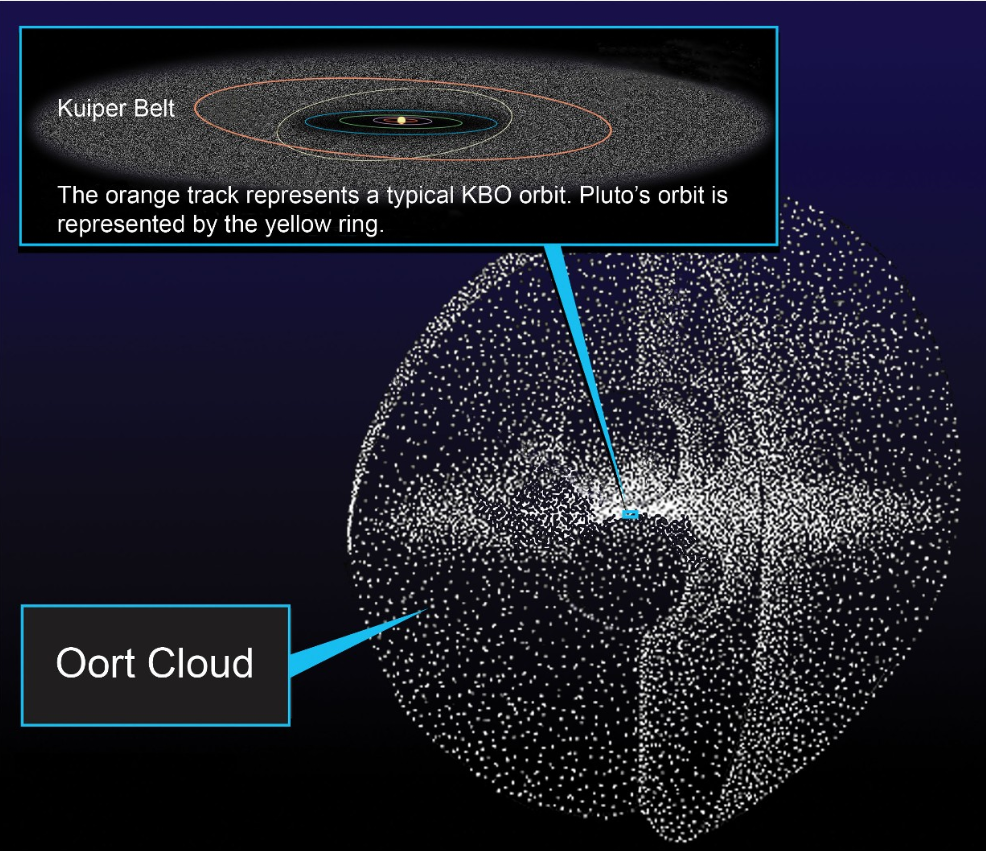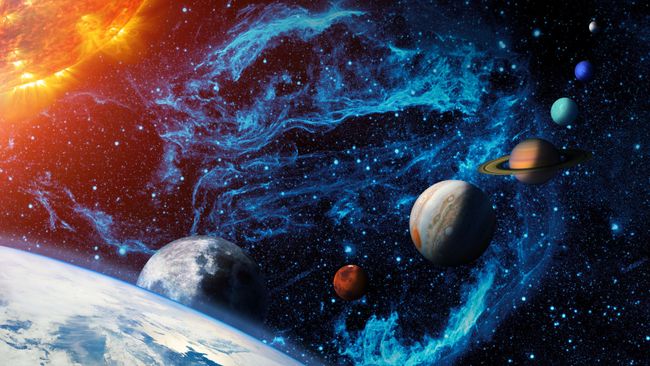Which location in the solar system experiences the lowest temperatures?
How does the frigid location on Earth compare in terms of temperature?
Space is incredibly cold, with the baseline temperature of outer space hovering at 2.7 kelvins—equivalent to minus 454.81 degrees Fahrenheit or minus 270.45 degrees Celsius. This temperature is just slightly above absolute zero, where molecular motion ceases.
However, this coldness is not uniform across the solar system. While so-called “empty” space, which is not truly empty, is considerably colder than planets, moons, or asteroids, for instance, it lacks significant matter to absorb the solar energy. Excluding the typical “empty” space, what emerges as the coldest location in the solar system? And how does it compare to temperatures experienced on Earth?
Measuring space
To begin, let’s delve into the intricacies of how cosmic temperatures are determined. Ian Crawford, a professor of planetary science and astrobiology at Birkbeck, University of London, explained to Live Science via email, “Temperatures can be gauged by observing the intensity of infrared and microwave radiation emitted from surfaces. In the absence of such measurements, temperatures can be estimated based on the amount of sunlight they receive.”
However, the process of taking cosmic measurements is not always straightforward. According to Don Pollacco, a professor of astronomy at the University of Warwick, “nothing is ever straightforward in astronomy, mainly because you are always observing, as opposed to interacting.”
Despite the existence of accurate methods for measuring temperatures in space, there is always room for improvement. “Temperatures are estimates,” Pollacco noted. “The numbers you calculate depend on how good your assumptions really are and how detailed the physical model is that you are using.”
Considering these aspects, what stands out as the coldest location in the solar system based on current data? Could it be Pluto, given its distance from the sun? Interestingly, the coldest place might be much closer to home.
To the moon
In 2009, the Lunar Reconnaissance Orbiter, a NASA robotic spacecraft intended to enhance scientists’ understanding of lunar conditions, furnished data indicating that the “shadowed craters” at the lunar south pole might be the solar system’s coldest locale.
This proposition gained additional support from graduate student Patrick O’Brien and his mentor Shane Byrne, planetary researchers at the University of Arizona. During a presentation at the 2022 Lunar and Planetary Science Conference, O’Brien and Byrne proposed that moon craters in “doubly shadowed” conditions could indeed qualify as “the coldest locations in the solar system.”
According to O’Brien and Byrne, a crater achieves doubly shadowed status when it is “protected not only from direct solar illumination but also from secondary heating sources.” These sources include “solar radiation reflected off nearby illuminated areas as well as thermal radiation emitted from those warm surfaces.”
Pollacco elaborated that “doubly shadowed” craters “possess high rims that prevent sunlight from reaching the crater floor,” contributing to their extreme coldness.
O’Brien and Byrne’s research suggests that these “permanently shadowed regions,” shielded from solar illumination for billions of years, could harbor “micro-cold traps” containing not only water ice but also more volatile compounds and elements, such as carbon dioxide, carbon monoxide, dinitrogen, and argon.
According to O’Brien and Byrne, these craters are estimated to have temperatures around 25 kelvins (minus 414.67 F or minus 248.15 C), but potentially even colder.
Crawford expressed confidence in the validity of the research, stating, “I’m certain these are the coldest temperatures in the inner solar system [from Mercury to Mars], and also colder than the estimated average surface temperature of Pluto.”
For context, the average surface temperature of Pluto is 40.4 kelvins, equivalent to minus 386.95 F or minus 232.75 C, according to NASA.
However, Crawford noted that these doubly shadowed moon craters may not be as frigid as the Oort cloud, a zone of icy space debris situated well beyond Neptune’s orbit. The distinction, he pointed out, hinges on whether the Oort cloud is considered part of the solar system.

The Oort cloud is simultaneously characterized by NASA as the “most distant region of our solar system” and as being “beyond” our solar system. This ambiguity leads to varying perspectives, with the Oort cloud sometimes being considered part of the solar system and at other times defined as the boundary between our solar system and interstellar space. According to ThePlanets.org, the Oort cloud is perceived as “loosely bound to the solar system.”
Northwestern University in Illinois suggests that temperatures in the Oort cloud could plummet as low as 5 kelvins (equivalent to minus 450.67 F or minus 268.15 C), significantly colder than any temperature recorded on our moon.
However, if we exclude the Oort cloud from the discussion, the solar system’s coldest location is likely to be situated on our closest celestial neighbor.
Earth comparisons
On Earth, even the harshest, most frigid temperatures experienced in Antarctica are considerably milder than the extreme conditions found in either the moon’s craters or the Oort cloud. The lowest recorded terrestrial temperature occurred on July 21, 1983, at Russia’s Vostok research station in Antarctica, measuring at minus 128.6 F (minus 89.2 C), as documented by the World Meteorological Organization’s World Weather & Climate Extremes Archive.
Despite Earth’s natural limitations, scientists have managed to artificially achieve temperatures lower than those encountered in the moon’s craters or the Oort cloud. In the past year, a team of German researchers set a new record for the coldest laboratory temperature, reaching a bone-chilling minus 459.67 F (minus 273.15 C). This feat was accomplished by “dropping magnetized gas 393 feet (120 meters) down a tower.”
Nevertheless, when considering naturally occurring temperatures, the moon’s craters, situated in the darkest and most shadowy recesses, appear highly likely to harbor the solar system’s lowest temperature. This assessment, of course, depends on the classification chosen for the Oort cloud.
Originally published on Live Science.
Do not forget to share your opinion with us to provide you with the best posts !




0 Comments